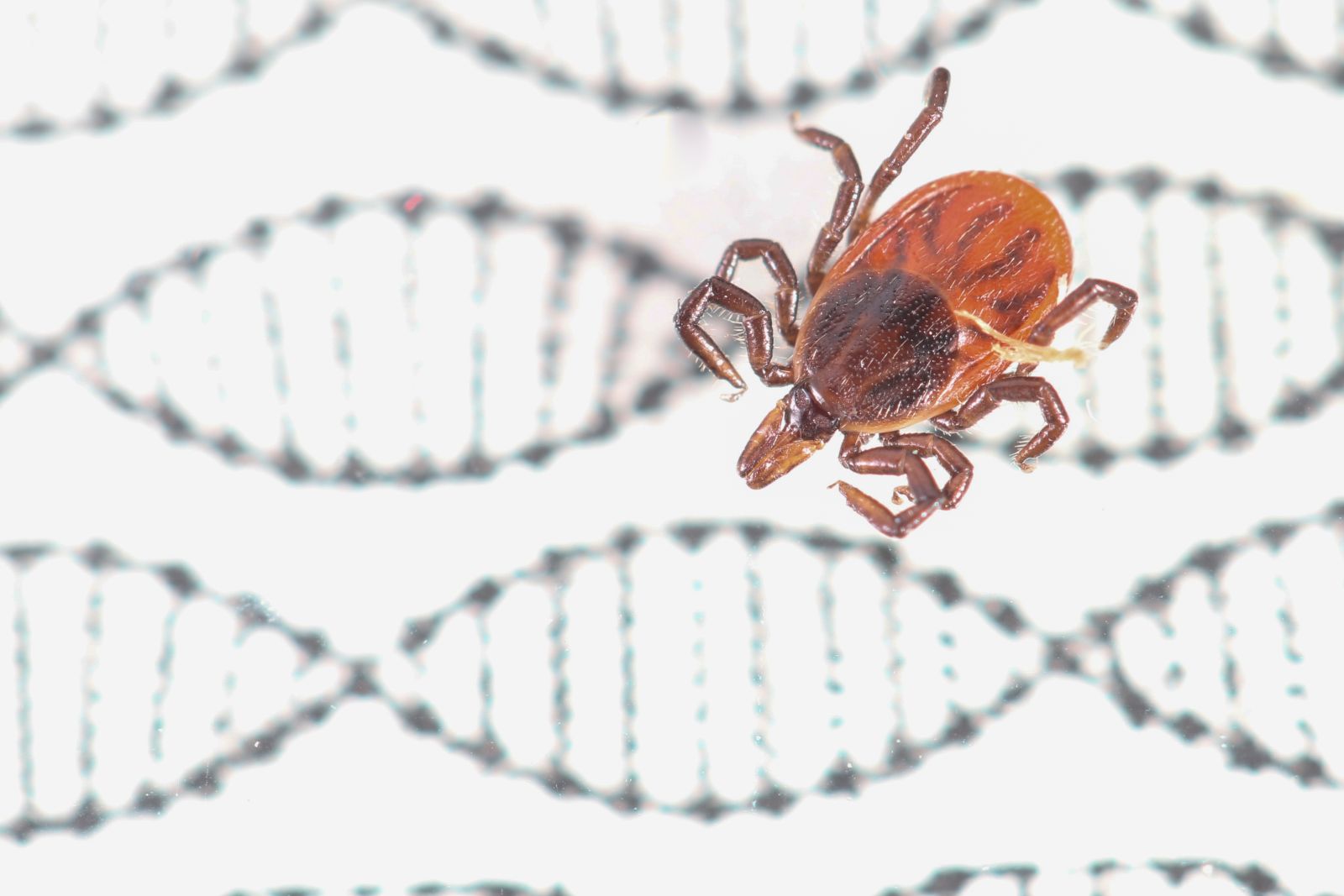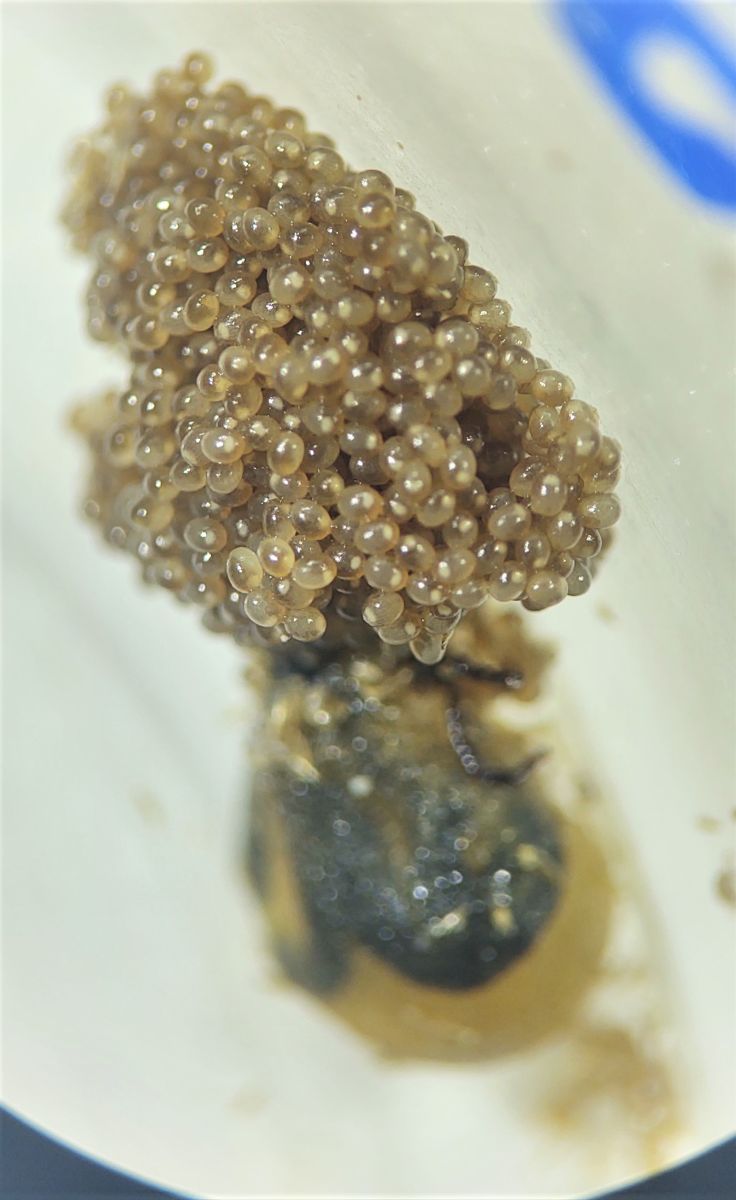Gene Editing Breakthrough in Ticks to Help Combat Lyme Disease
UMD Researchers Collaborate on Discovery that Could Reduce Threat of Tick-Borne Diseases
Collaborative research involving scientists from the University of Maryland (UMD) led to a discovery that could decrease the public health threat of tick-borne diseases like Lyme.
Researchers uncovered a new method that allows for gene editing in ticks at the embryo stage—a process previously thought impossible for ticks. The results, published February 15 in iScience, could diminish the ability of ticks to serve as vectors for disease and pathogen transition.

Funded by the National Institutes of Health, the research collaboration was led by Monika Gulia-Nuss and Andrew Nuss at the University of Nevada, Reno, and involved Robert Harrell, Director of the Insect Transformation Facility, an international resource for the genetic modification of insects located at UMD’s Institute for Bioscience and Biotechnology Research (IBBR), as well as Jason Rasgon at The Pennsylvania State University.
The researchers successfully carried out targeted gene disruption in ticks through two CRISPR gene-editing methods: embryo injection and Receptor-Mediated Ovary Transduction of Cargo (ReMOT Control), a less labor-intensive method of gene-editing first developed in insects by the Rasgon lab. Harrell, an expert in insect genetic modification and insect embryo injections, led the effort to find appropriate injection conditions for tick embryos.

“The delivery of genetic modification components into tick embryos is just the first step. The next steps are to further develop the genetic tools for really answering biologically significant questions about host-pathogen interaction,” said Harrell. “The technique developed here will allow us to probe the interaction between the bacteria that causes Lyme disease and the tick host.”
While Lyme disease is the most common tick-borne disease, there are at least 20 different infections that are transmitted by ticks in the U.S. Approximately 476,000 Americans are diagnosed and treated for Lyme each year and the number of areas where ticks are found are increasing.
“Ticks are a public health nuisance. They transmit so many pathogens that can cause diseases in humans, companion animals and wild animals,” said Gulia-Nuss, faculty member in UNR’s College of Agriculture, Biotechnology & Natural Resources. “If we understand the [tick] vectors better, we can probably find ways to control them as well, either through new attractants, repellents, pesticides, vaccines or drug development.
